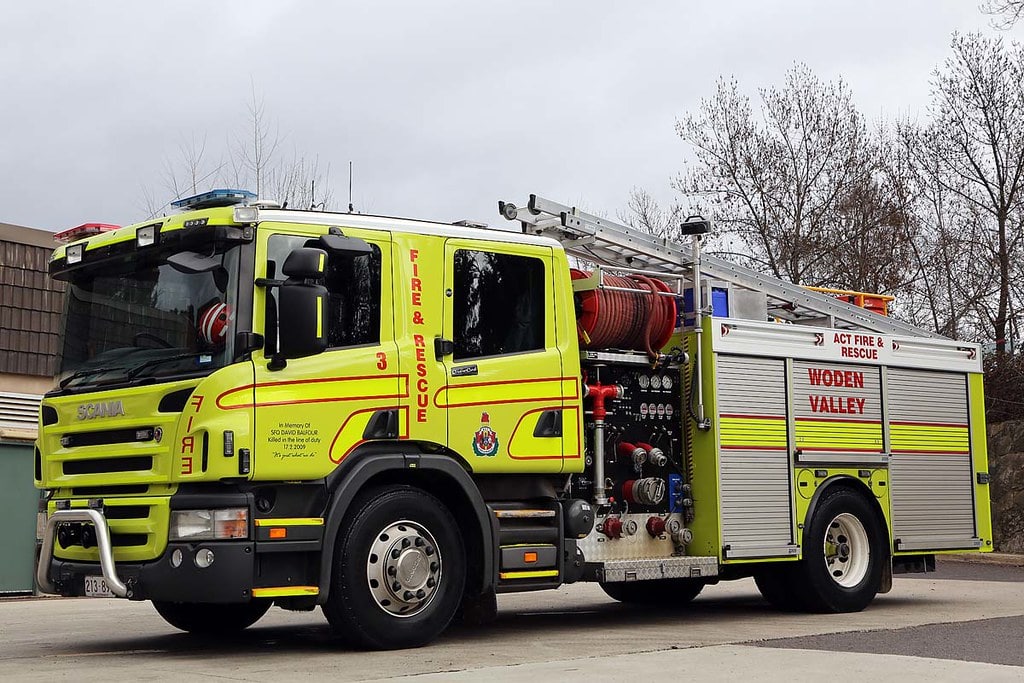ACT Road Rules Concerning Emergency Vehicles

Always Slow Down, Stop, & Move Out Of The Way For Emergency Vehicles
You always are required to take a few actions when police and emergency vehicles are approaching your car – either from behind, the side, or the front. Here is a step-by-step guide of what you should do.
- Do not panic. Begin slowing down, but do not brake rapidly, as this could cause an accident if the person behind you does not slow down in time.
- Use your indicators, and begin moving as far to the left of the road as you can to give the emergency vehicle sufficient space to pass. Make sure that you remain aware of other vehicles and motorists. Never move suddenly, or into the path of the emergency vehicle.
- Stop safely as far to the left of the road as is possible. If you cannot move to the left safely for some reason, stop anyway and stay where you are as the emergency vehicle drives around you.
- Once the emergency vehicle passes you and is a safe distance away, you may move back toward the lane and resume driving.
Note also that, at intersections, you always must give way to police or emergency vehicles, even if you have a green traffic light or green arrow. Emergency vehicles always take priority.
Additional Rules Apply For Passing Stationary Or Slow-Moving Emergency Vehicles
In addition to moving out of the way for emergency vehicles that are flashing their lights and blaring their sirens, you are also required to slow down to 40km/h when passing stationary or slow-moving emergency vehicles that have their lights activated – no matter the speed limit. This law began in 2018, and is similar to a law passed in New South Wales. [Writer’s note: minor copyscape match due to required keywords/phrasing of the law.]
If you see a blue or red flashing light on an emergency vehicle on the side of the road, for example, you and other road users must slow down to 40 km/h when passing it, even if it is not sounding an alarm.
Note that this rule does not apply to tow trucks, breakdown vehicles, and other cars showing amber lights. It only applied to emergency services vehicles displaying blue or red lights.
This requirement applies even if the vehicle is on the other side of the road. You still must slow down safely to 40 km/h and move over to give it sufficient space. The only exception is divided roads where your car and the emergency services vehicle is separated by a median strip. In this case, you can drive normally and there is no need to slow down.
Learn More About ACT Road Rules From Ltrent Driving School
Giving way to emergency services vehicles can be an unexpected event as a learner driver, so it’s important to know what to do in this situation – and in other such events. That’s why Ltrent Driving School is here to help you get the education and experience you need to react properly as a learner driver.
Visit our website now to book driving lessons in Canberra and the ACT right away, and you’ll be able to learn everything you need to know to become a safer driver, protect other road users, and to keep emergency services personnel safe.